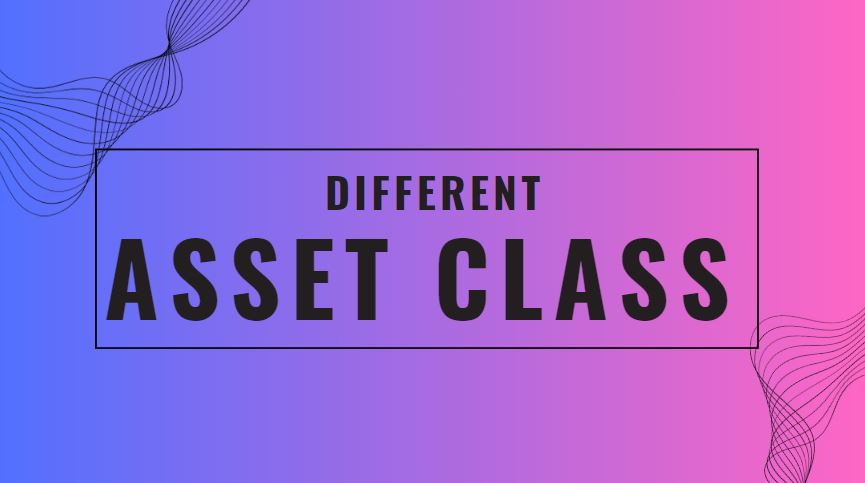In a world of opportunities, successful investors craft portfolios that balance risk and reward. Whether you’re preserving capital, seeking income, or aiming for growth, the synergy of diverse assets provides a robust shield against market volatility. The journey to financial success starts with the deliberate allocation of resources across these varied investment avenues. Diversify today, and let your wealth flourish in the fertile grounds of multifaceted investments.
Assets for Investments can be broadly grouped into 2 categories Financial Assets and Non-Financial assets which can then be further categorized into several classes, each with its unique characteristics and risk-return profiles as described below.
Financial Assets:
1. Equity Securities (Stocks):
• Ownership shares in a company.
• Represents a claim on part of the company’s assets and earnings.
2. Fixed-Income Securities (Bonds):
• Debt instruments where investors lend money to an entity.
• Investors receive periodic interest payments and principal repayment at maturity.
3. Cash and Cash Equivalents:
• Highly liquid and low-risk assets.
• Includes cash, fixed deposits, Government securities and money market instruments.
4. Derivatives:
• Financial contracts with values derived from an underlying asset.
• Includes options, futures and swaps.
5. Crypto currencies:
• Digital or virtual currencies using cryptography for security.
• Examples include Bitcoin, Ethereum, and other cryptocurrencies.
6. Mutual Funds:
• Pooled funds managed by professionals.
• Invests in a diversified portfolio of stocks, bonds, or other securities.
7. Exchange-Traded Funds (ETFs):
• Similar to mutual funds but traded on stock exchanges.
• Provides exposure to a specific sector, index, or asset class.
8. Alternative Investments:
• Diverse category including hedge funds, private equity, and venture capital.
• Offers non-traditional investment opportunities.
Non-Financial Assets:
1. Real Estate:
• Physical properties, including residential, commercial, or industrial real estate.
2. Commodities:
• Physical goods such as gold, silver, oil, or agricultural products that can be traded.
3. Collectibles:
• Tangible assets like art, antiques, or rare collectibles that can appreciate in value over time.
4. Precious Metals:
• Valuable metals, such as gold and silver, used for investment purposes.
• Often considered a hedge against inflation and economic uncertainties.
5. Business Ownership:
• Equity ownership in private businesses or partnerships.
6. Natural Resources:
• Ownership or rights to exploit natural resources, such as timber, minerals, or energy sources.
In the dynamic landscape of finance, strategic investors recognize the transformative potential of diverse assets. Cash equivalents provide liquidity, stocks offers growth potential, income streams from bonds provide reliability, Mutual Funds offer professional management of instruments, real estate offers income and capital appreciation, Alternate Investments provides non-traditional opportunities with a unique risk-return profile, crypto currencies provides a touch of innovation, precious metals provides safeguards against inflation & uncertainty, Derivatives can be tools for risk management or avenues for speculation.
Conclusion:
The diversity of investment styles reflects the multifaceted nature of financial markets. Each investment style comes with its own set of risks and rewards. Successful investors often incorporate elements from multiple styles, creating a well-rounded strategy that aligns with their risk tolerance, financial objectives, and time horizon. As you embark on your investment journey, consider the principles and practices of these popular styles to craft an approach that resonates with your unique financial goals & personality.











